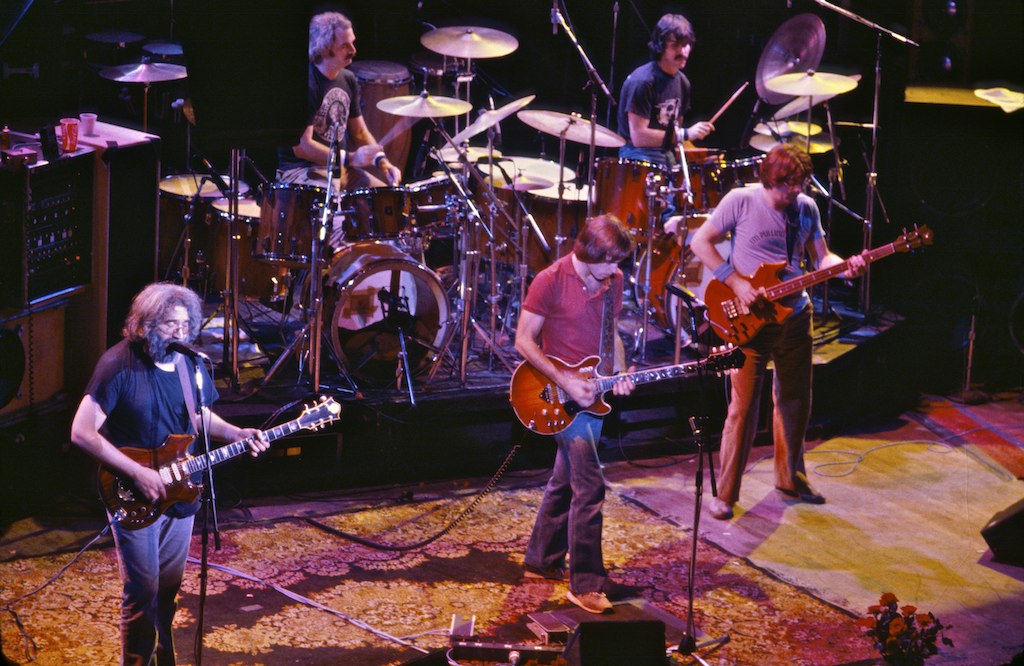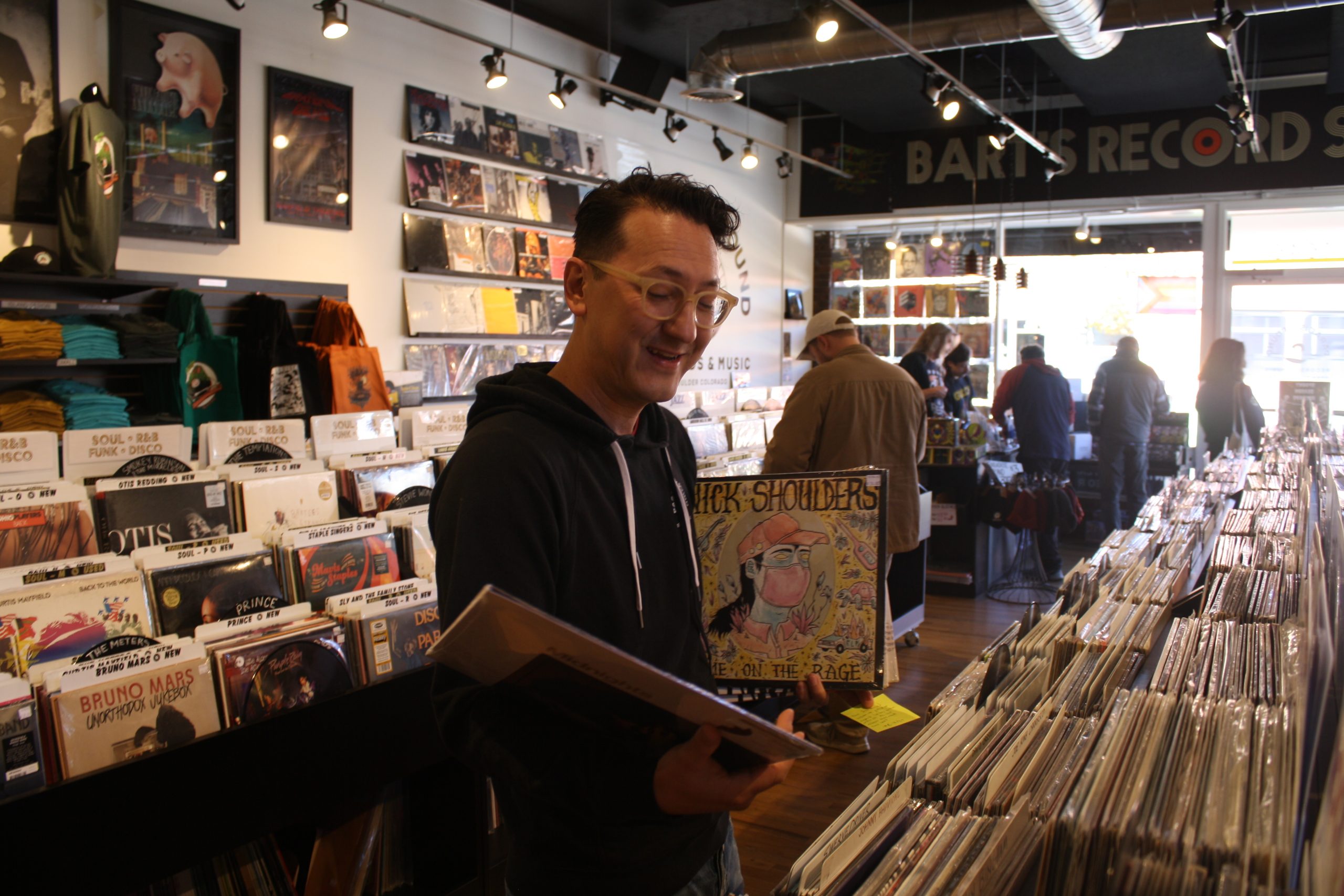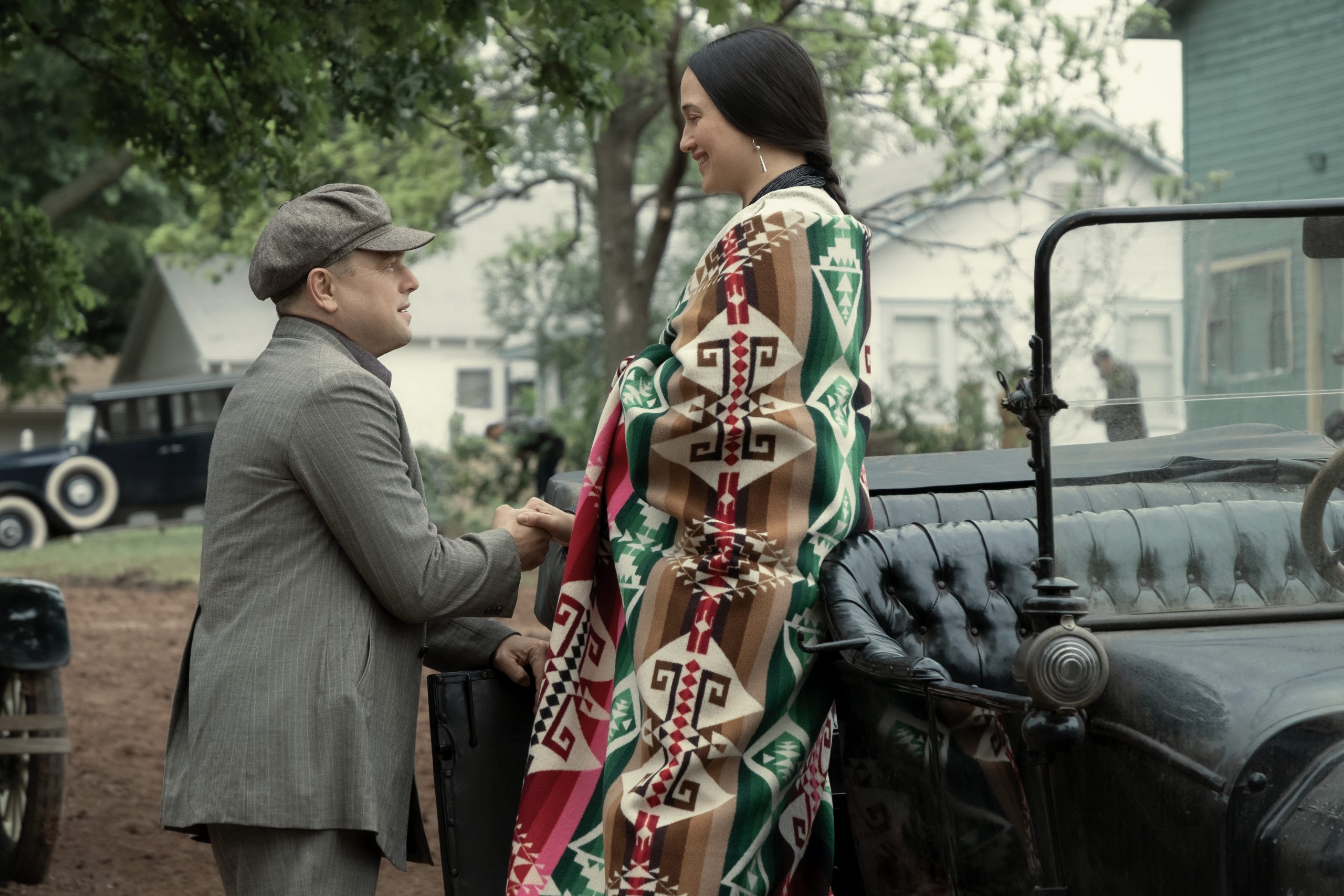
We’ve all been there before — awkwardly on the outside of an inside joke, waiting out the chorus of laughter and the inevitable, “You had to be there.”
Like many a second-generation hippie, my childhood was filled with whimsical tales of burning bras and free love, psychedelic rock providing the soundtrack. Like the music it inspired, the identity of ’60s and ’70s counterculture depended on the culture it opposed. Without the experience of that time and place, I wondered what to do with my second-hand hippie inclination.
For years, I wore my hippiness like a pair of hand-me-down jeans and, like every kid wearing someone else’s pants, it felt more like my identity as a hippie wore me than the other way around. I wasn’t sure if I actually liked the music of the Dead, but that never mattered. Instead I became endlessly curious about how the songs became beloved, a line of questioning that became fundamental to my relationship with music at large. I didn’t analyze music, rather I would wonder about the people who make it, the culture it begets and the extent of its influence.
When it comes to the Grateful Dead, this is a daunting task. The band is arguably one of the most dearly beloved in the world, not just by sheer number of fans, but by the depth of their dedication. And yet, for the uninitiated, the magnetism of the Grateful Dead is almost unintelligible — people are keenly aware of the music’s hokey optimism, cult-like fervor and sometimes grating missteps in its quest for harmony.
Until last summer I had occupied the seemingly impossible space between — simultaneously a devotee and a cynic. I knew a lot about the band, respected them and even revered them, but with no direct experience of their music, I could not say what it meant to love them. Or as John Mayer, now frontman of Dead & Company, said in an 2016 interview with Rolling Stone, “[As a kid] I knew the Grateful Dead as a cultural assignment. I didn’t know it as a musical thing.”
That all changed for Mayer in 2011 when he stumbled upon a version of “Althea.” Out of nowhere, the music escaped the bounds of nostalgia and became alive. He played along and gleefully pounced on moments that opened up to improvisation, and there he found the spirit of rock ‘n’ roll.
For me it happened when I saw Dead & Company play at CU’s Folsom Field in 2016 for what was, in many ways, a milestone weekend of shows. The band, consisting of a mash-up of original members from the Grateful Dead and new players like John Mayer and Oteil Burbridge, was much more than an invocation of the spirit of the Grateful Dead’s psychedelic culture.
At the show, I realized that as the second generation looks for emergent truth, the legions of Deadheads who’d come before grapple with what it means to continue loving something in the face of death.

When Jerry Garcia died on Aug. 9, 1995, the Grateful Dead’s legacy and future were cast in shadows of uncertainty. The hard and scary truth was that Garcia was crucial, irreplaceable. His passing appeared like the period at the end of the last sentence of the final chapter. And yet, if he has offered any lesson in his life, it was that such finality is an illusion — every period is meant to be overcome.
“If the reputation of the Grateful Dead is to persist while direct experience of their shows fades from living memory, then what it means to be a Deadhead will consist primarily of an almost Talmudic archival-and-commentary effort on the part of the fans. [When Jerry Garcia died] the music was liberated, from the weighty reputation of the band, from the corporeal bodies of the musicians, from physicality itself. It was finally free to be what it always strived to be: a gnostic unfettering from the temporal,” writes Scott Beauchamp in a 1995 article for Pacific Standard.
Freed from the burden of being a touchstone, the music found a life of its own in a new time and among a new generation, one that was intimately invested in making the music come to life on its own terms.
Over the 30-year lifespan of the original Grateful Dead, the band created a vast catalog of songs and played at more than a thousand shows to the most dedicated fanbase the world had yet seen. In playing the songs over and over again, there was nothing rote in their performance but rather an enduring insistence on ingenuity. Their legacy became not the songs or the music, but the artistic ethic that fueled them, lying somewhere between the spontaneity of jazz and the eroticism of rock — one that proved persistent beyond the band that birthed it.
After the dismantling of the Dead in 1995, the members went on to pursue their various solo projects, hesitant and careful with plans to play together again. The three reunion tours they did play, between 1998 and 2015, each showcased a different character of the original music, but somehow felt more like a tribute rather than an enduring artistic expression.
But, in flirting with nostalgia enough to keep the music alive, they served an important function. On stage, new and younger musicians were brought into the Dead’s musical family. Off stage, a second generation of hippies got a chance to experience the legendary music for themselves.
If this year’s shows are anything like last year’s, the days leading up to the Dead & Company concerts will transform Boulder into the fabled hippie town of 50 years ago. VW vans will rumble down the roads, while tie-dyed Deadheads walking the paths along Boulder Creek and the streets of the Hill will create a zone of convergence between yesterday and today.
And like so many of the second generation hippies around me, I won’t just marvel in the spectacle but participate in it — one among the thousands of smiling and twirling fans, hugging strangers and singing along, loudly and badly — finally laughing along with the inside jokes my parents used to tell.



